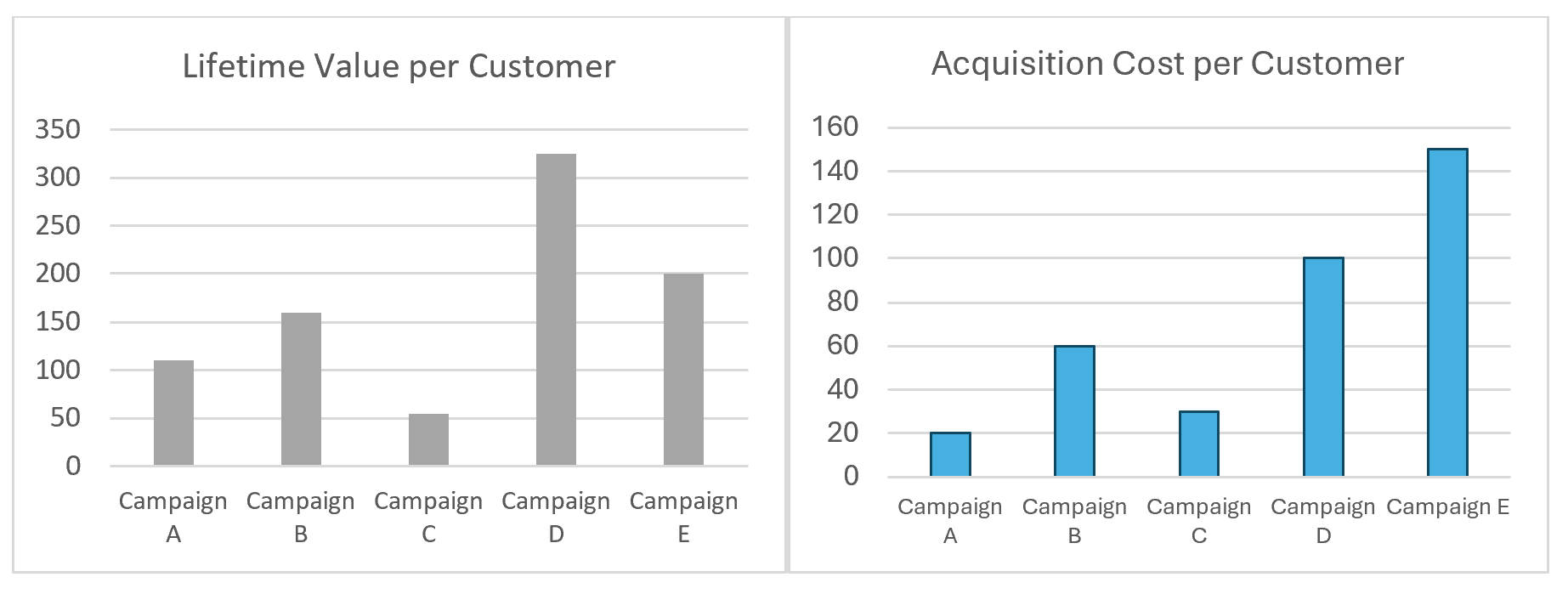Events & Promotions
|
|

GMAT Club Daily Prep
Thank you for using the timer - this advanced tool can estimate your performance and suggest more practice questions. We have subscribed you to Daily Prep Questions via email.
Customized
for You
Track
Your Progress
Practice
Pays
Not interested in getting valuable practice questions and articles delivered to your email? No problem, unsubscribe here.
- Nov 18
11:00 AM PST
-12:00 PM PST
Join us in a live GMAT practice session and solve 30 challenging GMAT questions with other test takers in timed conditions, covering GMAT Quant, Data Sufficiency, Data Insights, Reading Comprehension, and Critical Reasoning questions. - Nov 22
11:00 AM IST
-01:00 PM IST
Do RC/MSR passages scare you? e-GMAT is conducting a masterclass to help you learn – Learn effective reading strategies Tackle difficult RC & MSR with confidence Excel in timed test environment - Nov 23
11:00 AM IST
-01:00 PM IST
Attend this free GMAT Algebra Webinar and learn how to master the most challenging Inequalities and Absolute Value problems with ease. - Nov 25
10:00 AM EST
-11:00 AM EST
Prefer video-based learning? The Target Test Prep OnDemand course is a one-of-a-kind video masterclass featuring 400 hours of lecture-style teaching by Scott Woodbury-Stewart, founder of Target Test Prep and one of the most accomplished GMAT instructors.
Kudos
Bookmarks
Dropdown 1: Campaign A
Dropdown 2: 5.5
Be sure to select an answer first to save it in the Error Log before revealing the correct answer (OA)!
Difficulty:
 25%
(medium)
25%
(medium)
Question Stats:
76% (01:46) correct 24%
(01:45)
wrong
24%
(01:45)
wrong  based on 217
sessions
based on 217
sessions
History
Date
Time
Result
Not Attempted Yet

The two bar graphs show the results of five test advertising campaigns conducted by a marketing agency. The first graph displays the estimated Lifetime Value per customer (total revenue expected from a customer, in USD), and the second graph displays the Acquisition Cost per customer (cost to acquire one customer, in USD).
From each drop-down menu, select the option that creates the most accurate statement based on the information provided.
If each campaign acquired the same number of customers, the campaign with the highest ratio of Total Lifetime Value to Total Acquisition Cost is , with an approximate value of .
ShowHide Answer
Official Answer
Dropdown 1: Campaign A
Dropdown 2: 5.5
Kudos
Bookmarks
Official Solution:
Since each campaign acquired the same number of customers, the ratio of total Lifetime Value to total Acquisition Cost will be the same as the ratio per customer. So, we can compare the per-customer values directly to find the highest overall ratio.
Campaign A:
Lifetime Value ≈ 110 USD, Acquisition Cost ≈ 20 USD
Ratio = 110 / 20 = 5.5
Campaign B:
Lifetime Value ≈ 160 USD, Acquisition Cost ≈ 60 USD
Ratio = 160 / 60 ≈ 2.7
Campaign C:
Lifetime Value ≈ 50 USD, Acquisition Cost ≈ 30 USD
Ratio = 50 / 30 ≈ 1.7
Campaign D:
Lifetime Value ≈ 325 USD, Acquisition Cost ≈ 100 USD
Ratio = 325 / 100 ≈ 3.3
Campaign E:
Lifetime Value ≈ 200 USD, Acquisition Cost ≈ 150 USD
Ratio = 200 / 150 ≈ 1.3
The campaign with the highest ratio is Campaign A, with an approximate value of 5.5.
Correct answer:
Dropdown 1: "Campaign A"
Dropdown 2: "5.5"
Bunuel
Since each campaign acquired the same number of customers, the ratio of total Lifetime Value to total Acquisition Cost will be the same as the ratio per customer. So, we can compare the per-customer values directly to find the highest overall ratio.
Campaign A:
Lifetime Value ≈ 110 USD, Acquisition Cost ≈ 20 USD
Ratio = 110 / 20 = 5.5
Campaign B:
Lifetime Value ≈ 160 USD, Acquisition Cost ≈ 60 USD
Ratio = 160 / 60 ≈ 2.7
Campaign C:
Lifetime Value ≈ 50 USD, Acquisition Cost ≈ 30 USD
Ratio = 50 / 30 ≈ 1.7
Campaign D:
Lifetime Value ≈ 325 USD, Acquisition Cost ≈ 100 USD
Ratio = 325 / 100 ≈ 3.3
Campaign E:
Lifetime Value ≈ 200 USD, Acquisition Cost ≈ 150 USD
Ratio = 200 / 150 ≈ 1.3
The campaign with the highest ratio is Campaign A, with an approximate value of 5.5.
Correct answer:
Dropdown 1: "Campaign A"
Dropdown 2: "5.5"











